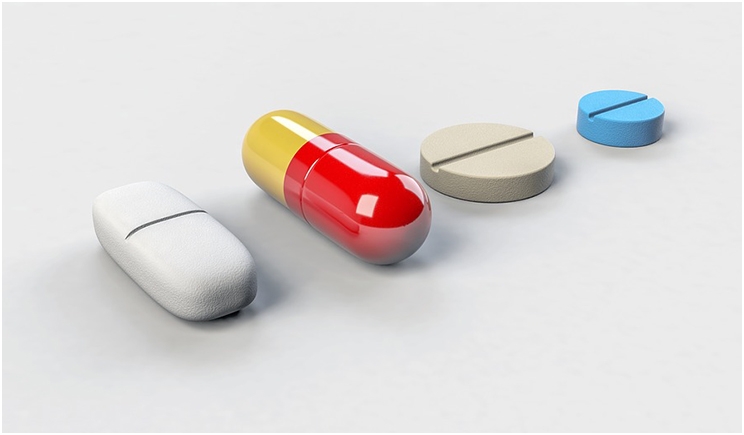
According to The Journal of the American Dental Association, a review of oral analgesics assessing the adequacy and adverse effects of nearly all analgesic formulas confirmed two major conclusions.
First, nonsteroidal anti-inflammatory drugs (NSAIDs) are effective for relieving postoperative pain. Second, opioid combinations are associated with high incidences of adverse effects, such as nausea, vomiting, and constipation.
Surprisingly, nowhere in the literature is there reference to blends of acetyl-para-aminophenols (APAPs) and hydrocodone being more effective than over-the-counter anti-inflammatory drugs like ibuprofen and naproxen sodium. In some cases, over the counter NSAIDs have performed better than opioids in post-operative pain relief.
So why do we continue to prescribe Vicodin and Percocet?
I have always preferred Advil to opioids. It is less expensive, less toxic, less addictive, and equally effective. But until recently it was just that: preference. Each dentist practices differently, and each patient responds differently. Besides, APAP-opioids had been established for a long time as the most effective kind of oral analgesic. That’s what we were taught to use, and that is what our patients came to expect.
Then I came across a JAMA study linking adolescent opioid abuse to dental postoperative prescriptions and couldn’t help feeling that all dentists have an obligation to strive toward more than just patient satisfaction and look toward patient wellbeing.
Nearly 6% of almost 15,000 people between 16 and 25 years old who received initial opioid prescriptions in 2015 from dentists were diagnosed with opioid abuse within a year. In comparison, 0.4% in a similar group who didn’t get dental opioids were diagnosed with opioid abuse during the same period.
These are kids who could have been treated with Advil or Tylenol. Dentists are the most frequent prescribers of opioids for youth. I challenge all dentists to do their part in combating the opioid epidemic in America and stop prescribing opioids to young adults for wisdom tooth extractions and other dental procedures and use over the counter pain medicine.
Taking two Tylenol (400 mg) with one Advil (200 mg ibuprofen) every four to six hours is as effective as taking one Tylenol with codeine without the side effects. Also, getting ahead of pain is always easier than trying to treat pain once it starts. In other words, if you have a planned procedure, you might want to take the NSAID before leaving the office.
There’s also interest lately in some natural remedies as alternatives. For example:
- Vanilla extract is a great antioxidant for healing. It also includes alcohol, which has numbing properties.
- Clove oil is a natural antiseptic that is known to reduce pain and inflammation. You can either rub it on the affected area with a cotton swab or add a drop of oil to water and use it as a mouthwash.
- Guana leaves heal wounds! Just chew on them for their anti-inflammatory properties to kick in.
- Wheatgrass is high in chlorophyll, which fights bacteria. When taken internally, it can relieve inflammation and prevent infections. It’s also great as a mouthwash.
- Thyme essential oil, which is like clove oil, can be rubbed right on the affected area for relief.
- Hydrogen peroxide rinse can heal bleeding gums, kill bacteria, and reduce swelling.
Dr. Harwood is a graduate of the Tufts University School of Dental Medicine with an advanced degree in endodontics. He was the first endodontist in New York to use a surgical operating microscope. Also, he is a member of the ADA and a specialist member of the American Association of Endodontists. He has taught endodontics at the Tufts University School of Dental Medicine, New York University School of Dentistry, and the Metropolitan Hospital Center. He can be reached at adamharwooddmd.com.
Related Articles
Arizona Dentists Make Progress in Fighting the Opioid Epidemic
Youth at Greater Risk of Opioid Addiction After Dental Prescriptions
Advances in Stem Cell Research Promise Dental Regeneration











